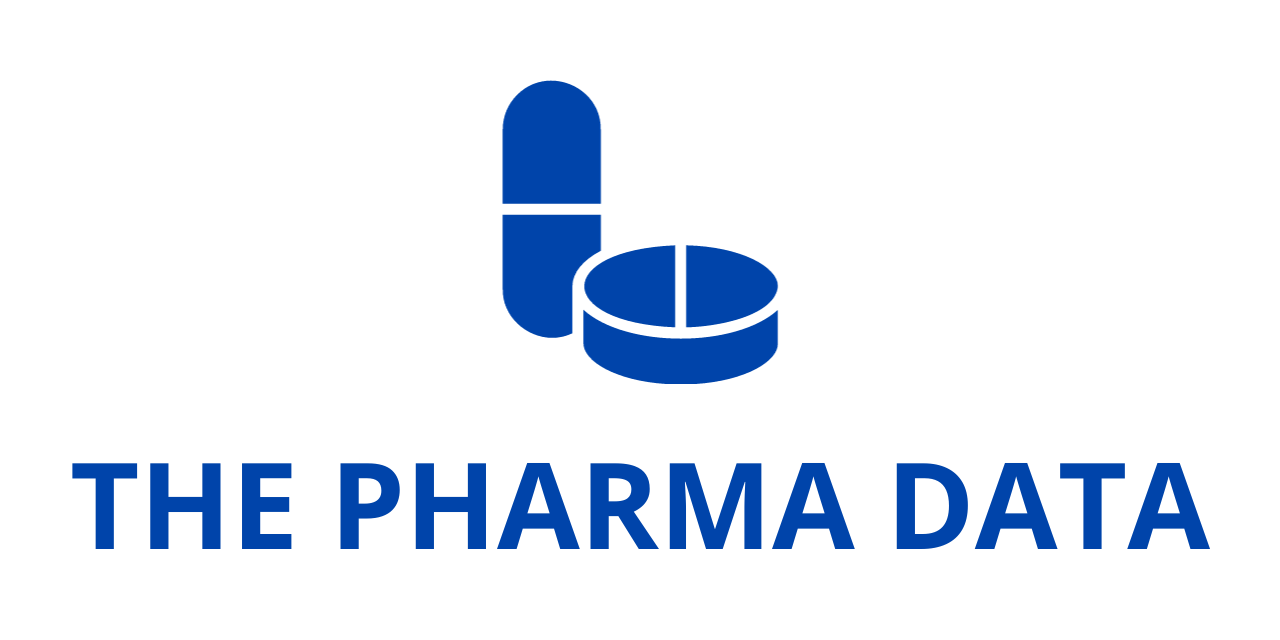
AbbVie Reports Strong Phase 3 Results for Atogepant, Demonstrating Superiority Over Topiramate in Migraine Prevention
AbbVie, a leading global biopharmaceutical company, has announced promising topline results from its pivotal Phase 3 TEMPLE clinical trial—a multicenter, randomized, double-blind, head-to-head study that evaluated the efficacy, safety, and tolerability of atogepant (branded as QULIPTA® in the U.S. and AQUIPTA® in the EU) compared to topiramate, a widely used anticonvulsant approved for migraine prevention. The study targeted adult patients who experience at least four migraine days per month, a population segment representing a significant unmet need within the migraine community.
The trial’s design placed atogepant (60 mg, once daily) against the highest tolerated dose of topiramate (either 50 mg, 75 mg, or 100 mg per day), to directly compare the two medications across several clinically relevant endpoints. The double-blind treatment period lasted 24 weeks, during which both efficacy and adverse events (AEs) were closely monitored.
Primary Endpoint Met: Improved Tolerability with Atogepant
At the core of the TEMPLE study was the investigation of treatment discontinuation rates due to adverse events, a key measure of real-world drug tolerability. The study successfully met its primary endpoint, showing that significantly fewer patients treated with atogepant discontinued therapy due to AEs compared to those on topiramate. Specifically, only 12.1% of patients in the atogepant arm discontinued treatment because of AEs, versus a substantially higher 29.6% among those taking topiramate. This translates to a relative risk reduction of 59% in treatment discontinuation for the atogepant group (Relative Risk: 0.41; 95% Confidence Interval: 0.28 to 0.59; p<0.0001).
The high discontinuation rate associated with topiramate has long been a concern in migraine management, as patients often struggle with side effects such as cognitive dysfunction, paresthesia, and mood changes. In contrast, atogepant’s favorable tolerability profile further supports its potential as a more patient-friendly option for migraine prevention.
Secondary Endpoints: Demonstrated Superiority in Efficacy
Beyond tolerability, atogepant outperformed topiramate across all six pre-specified secondary endpoints, reinforcing its clinical utility. A key highlight among these was the proportion of patients achieving a ≥50% reduction in mean monthly migraine days (MMD)—a common benchmark used to gauge efficacy in preventive migraine treatments.
Between months four and six of the study, 64.1% of participants in the atogepant group experienced a 50% or greater reduction in MMD. In contrast, only 39.3% of patients treated with topiramate achieved the same level of migraine reduction. This difference was statistically significant (p<0.0001), establishing atogepant as not only more tolerable but also more effective in reducing the burden of migraine.
Additional secondary endpoints—details of which will be shared in forthcoming publications—likely included measures such as changes in monthly acute medication use, functional disability scores, quality-of-life assessments, and patient-reported outcomes, which collectively provide a comprehensive view of therapeutic benefit.
Clinical Relevance: Supporting Evolving Treatment Guidelines
These latest results arrive amid a growing shift in how migraine is managed, particularly with the increasing adoption of therapies targeting the calcitonin gene-related peptide (CGRP) pathway. CGRP receptor antagonists like atogepant represent a new class of preventive therapies that offer a targeted mechanism of action, improved safety profiles, and greater patient adherence.
“The TEMPLE data affirm recommendations from the American Headache Society and International Headache Society, highlighting the role of CGRP pathway inhibitors as first-line preventive treatment options for migraine,” said Dr. Roopal Thakkar, Executive Vice President of Research and Development and Chief Scientific Officer at AbbVie. “This study demonstrates our commitment to improving treatment options and advancing care standards for people living with this debilitating disease.”
Atogepant’s ability to meet both efficacy and tolerability benchmarks makes it a compelling option for clinicians aiming to provide personalized migraine prevention strategies tailored to patient needs and preferences.
Addressing a Global Burden: The Case for Better Preventive Care
Migraine remains one of the most prevalent and disabling neurological conditions worldwide. According to global health data, approximately 14% of the population suffers from migraines, making it the second-leading cause of disability globally. Despite this significant impact, migraines are frequently underdiagnosed and undertreated, particularly when it comes to preventive care.
One of the most concerning statistics in migraine management is that over half of patients using preventive medications still qualify for additional or alternative preventive treatments. This underscores the need for more effective and tolerable options, as current therapies often fall short of achieving satisfactory outcomes or long-term adherence.
“Far too often, people living with migraine struggle with meeting their treatment goals despite available and accessible preventive options,” commented Dr. Jaclyn Duvall, neurologist and founder of Headache Specialists of Oklahoma. “The TEMPLE data provide a patient-centered measure of treatment effectiveness by capturing both efficacy and tolerability, representing a meaningful way to evaluate the real-world impact of treatment persistence in migraine prevention.”
Safety Profile: Consistent with Prior Studies
The adverse event profile observed in the TEMPLE study for atogepant aligned with what has been reported in previous clinical trials, suggesting consistency and predictability in its safety outcomes. While detailed AE data are not yet fully disclosed, earlier studies have shown that the most common side effects associated with atogepant include nausea, constipation, and fatigue—generally mild to moderate in severity and manageable in clinical practice.
This consistency reinforces confidence among healthcare providers and patients considering long-term use of the medication.
Market Presence and Regulatory Status
Atogepant is currently approved in more than 60 countries worldwide. In the United States, Canada, Israel, and Puerto Rico, it is marketed as QULIPTA®, while in the European Union it is known as AQUIPTA®. It is approved for the preventive treatment of both episodic and chronic migraine in adults and is available as a once-daily oral tablet, offering convenience alongside efficacy.
The growing global uptake of atogepant highlights its acceptance among clinicians and patients alike, especially as real-world data continue to validate the findings from clinical trials like TEMPLE.
Full Results Pending
AbbVie plans to present the full dataset from the TEMPLE trial at an upcoming major medical meeting, which is expected to provide a deeper dive into the secondary endpoints, safety outcomes, and subgroup analyses. These insights will further inform clinical practice and may influence treatment guidelines in both primary and specialty care settings.
As AbbVie continues to build upon its neuroscience portfolio, the successful results from TEMPLE position atogepant as a potential leader in the next generation of migraine preventive therapies.




